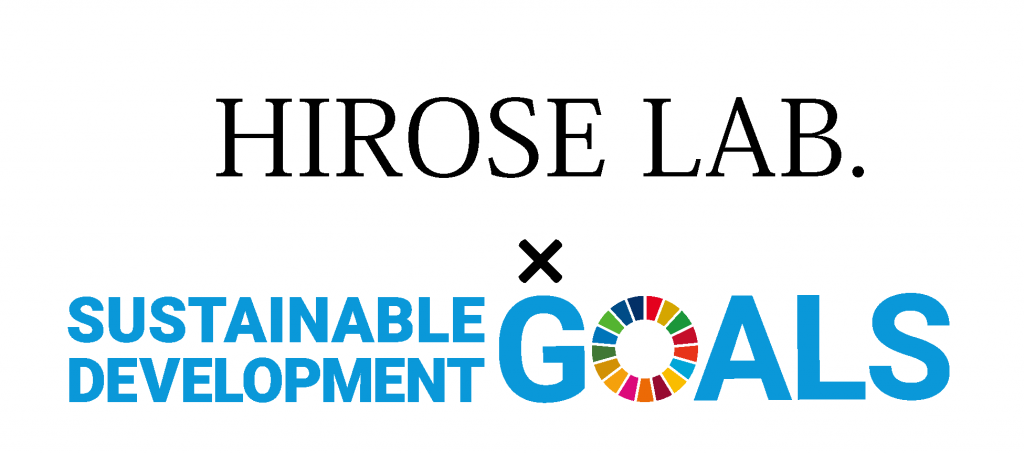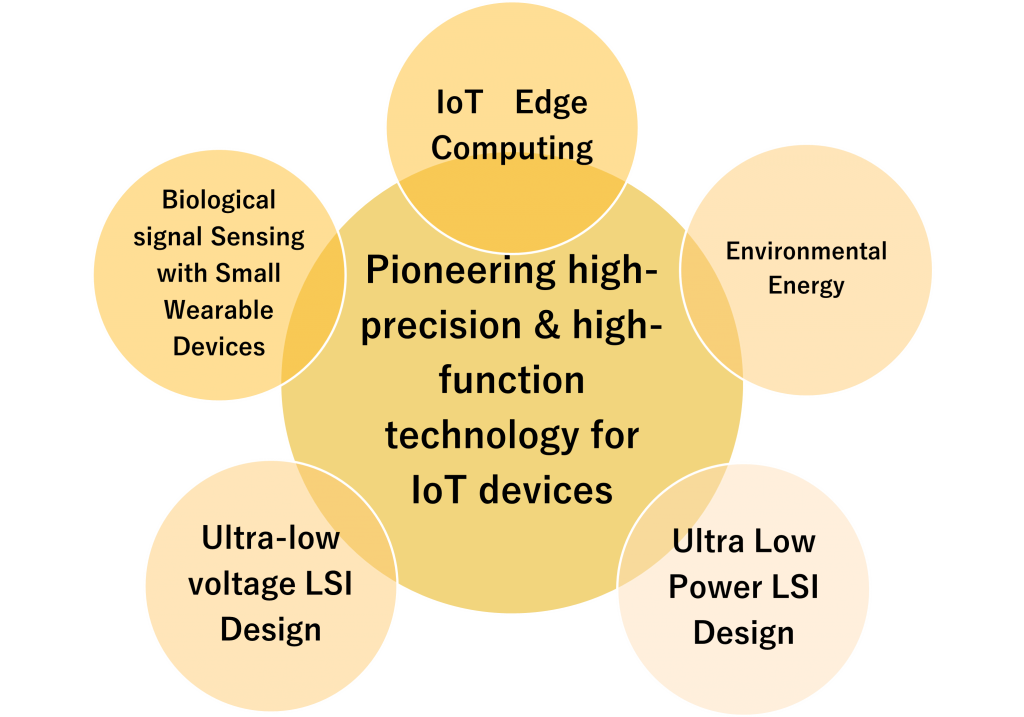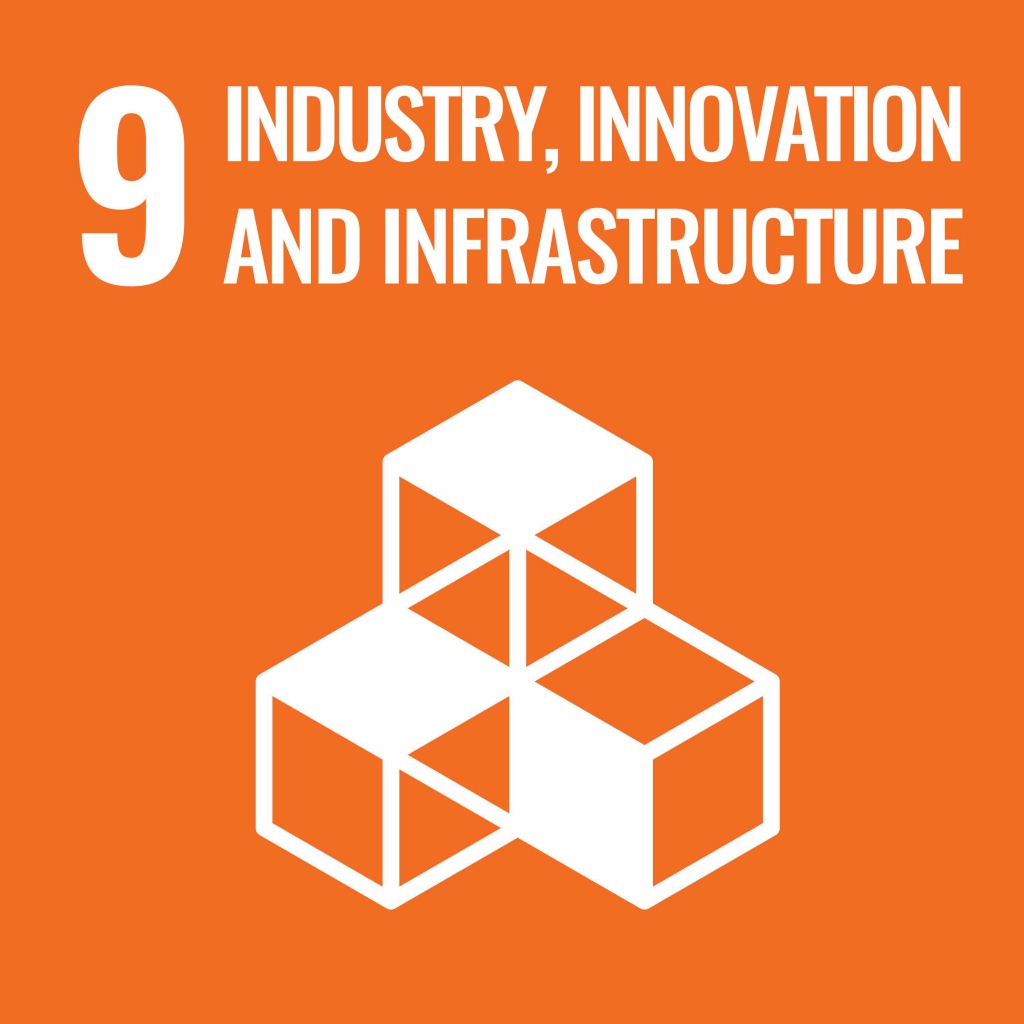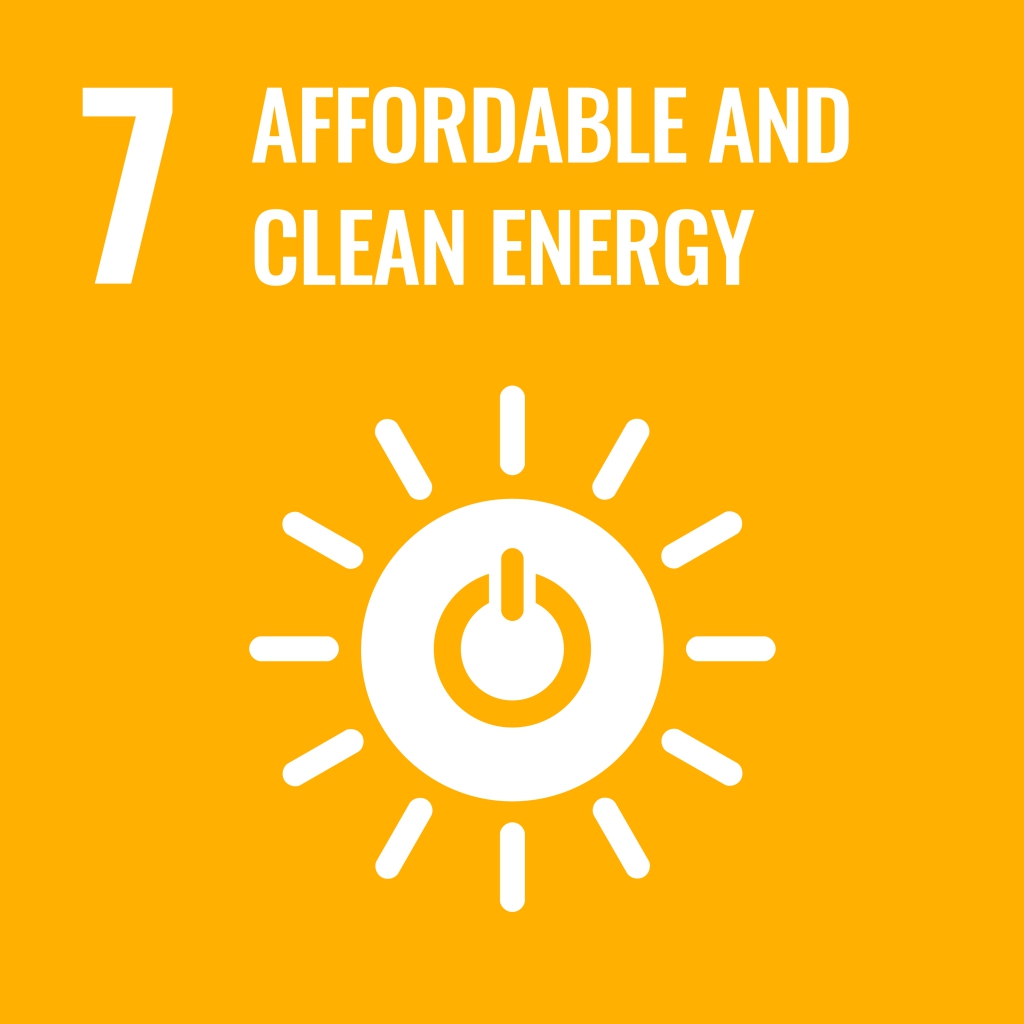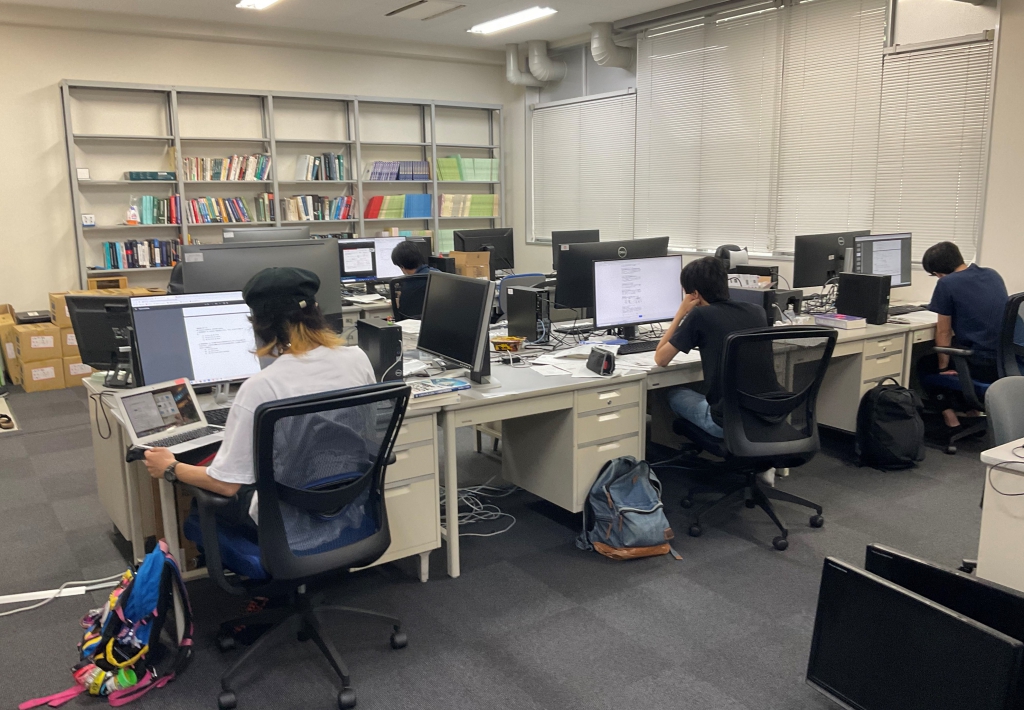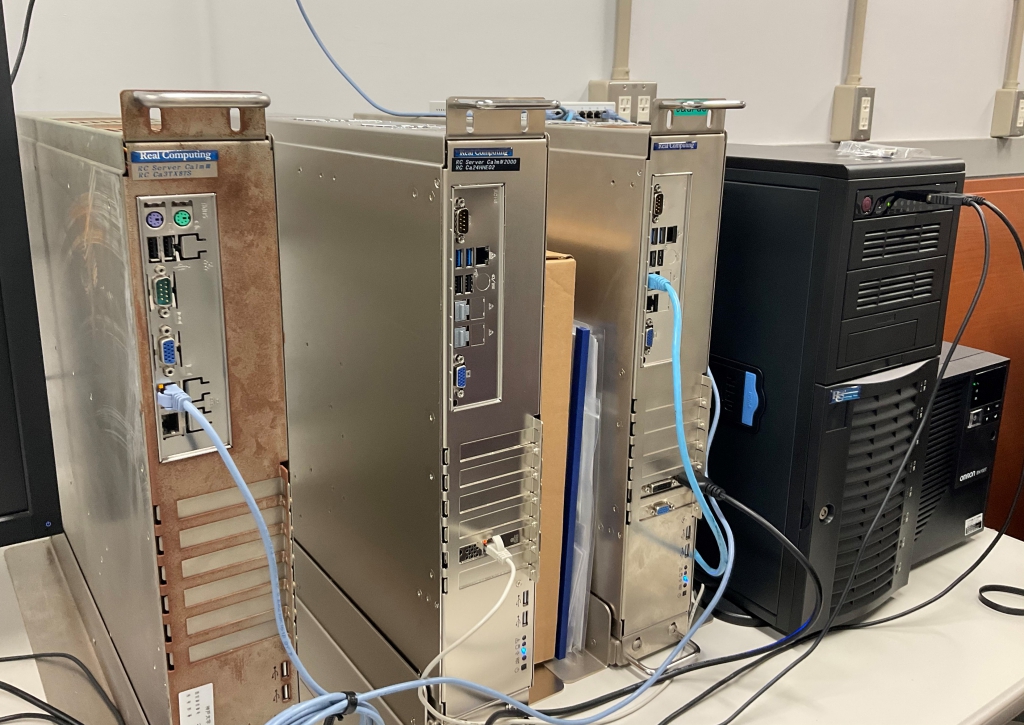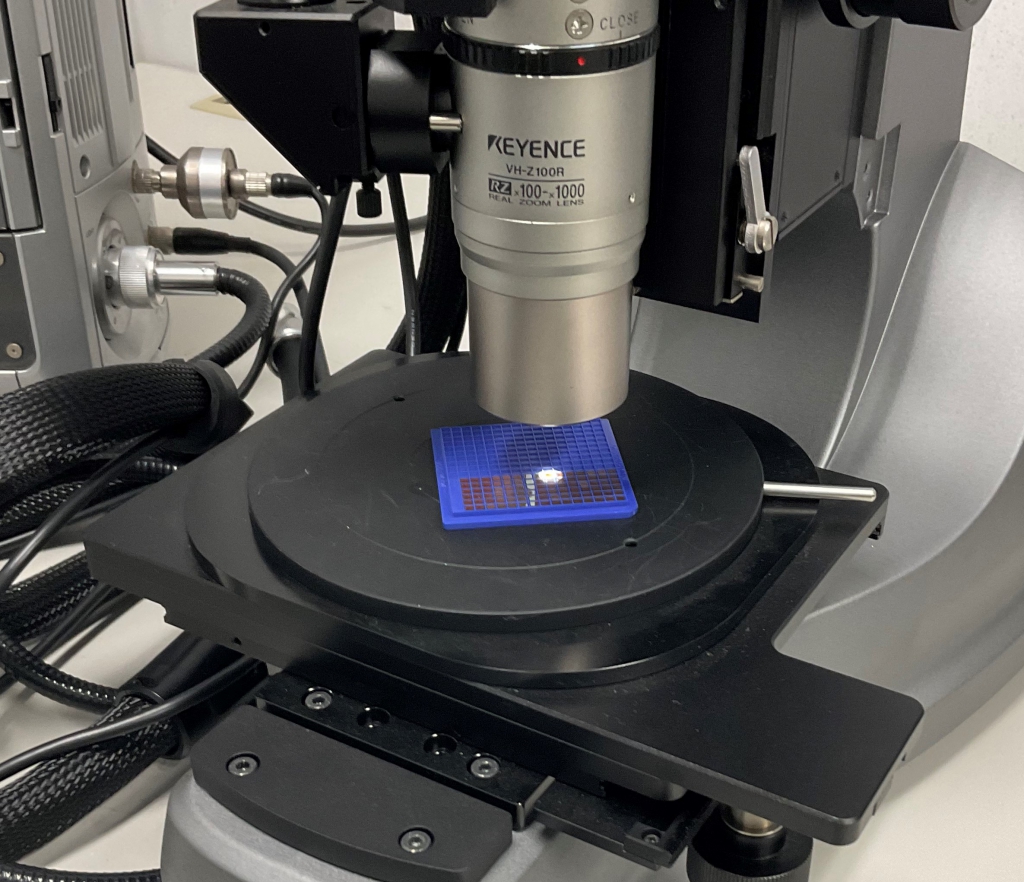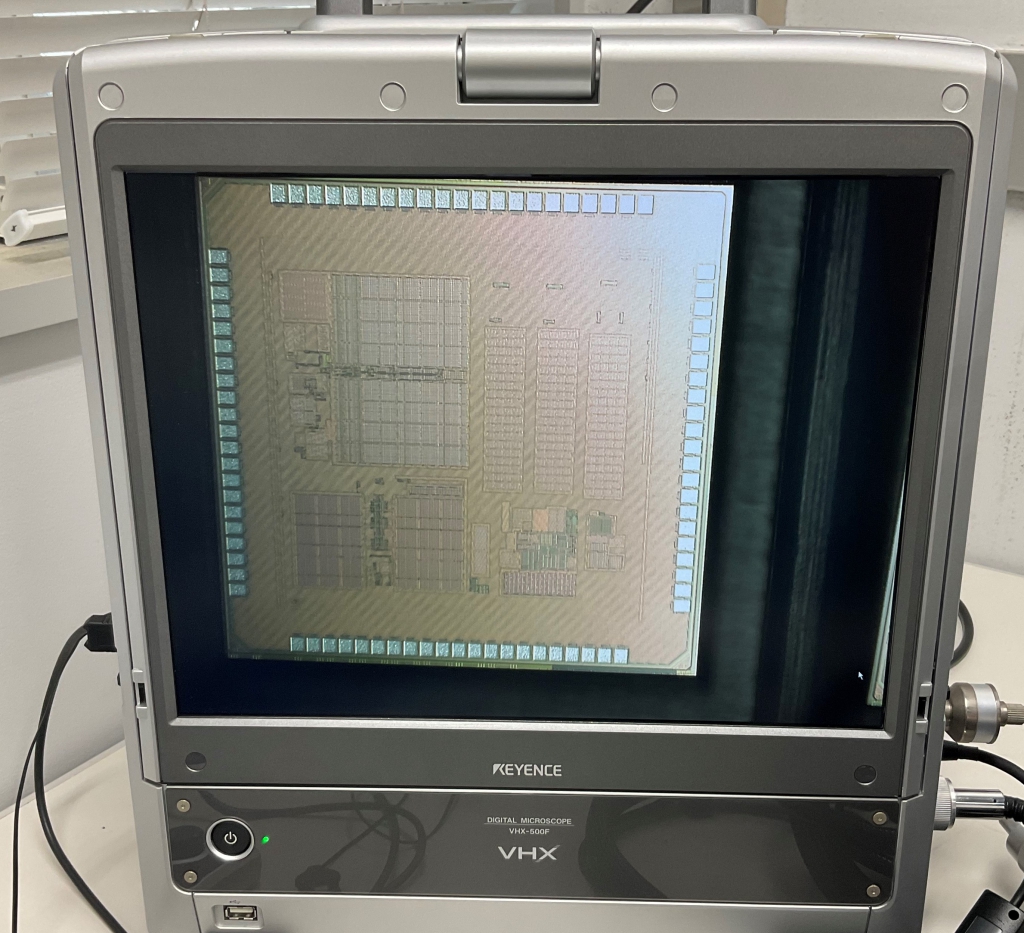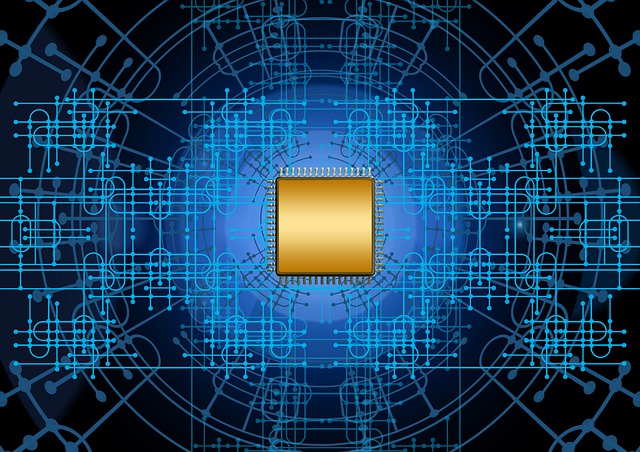
We will achieve the SDGs with “IoT devices” that realize the next-generation informational society.
As the Internet of Things (IoT) has been attracting attention as a keyword, the realization of a next-generation information society in which various things around us are connected to the Internet is expected. We are conducting research and development with the aim of further improving the quality of life (QoL) by utilizing these IoT devices in various fields such as crime prevention, medical care, logistics, and agriculture.
IoT edge computing technology development
We are developing edge node computing technology with ultra-low power consumption, high accuracy, and high functionality, focusing on the development of front-line IoT edge nodes for acquiring biological signals and physical environment information.
- What is a biological signal?
-
A signal emitted from the body by biological phenomena such as heartbeat, brain waves, pulse, respiration, and perspiration.
- What is an edge node ?
-
In the IoT environment, cooperation between the cloud and the edge nodes is essential. The cloud has high-performance computing resources realized in the network environment, while the edge nodes are devices that collect information to be imported into the cloud.
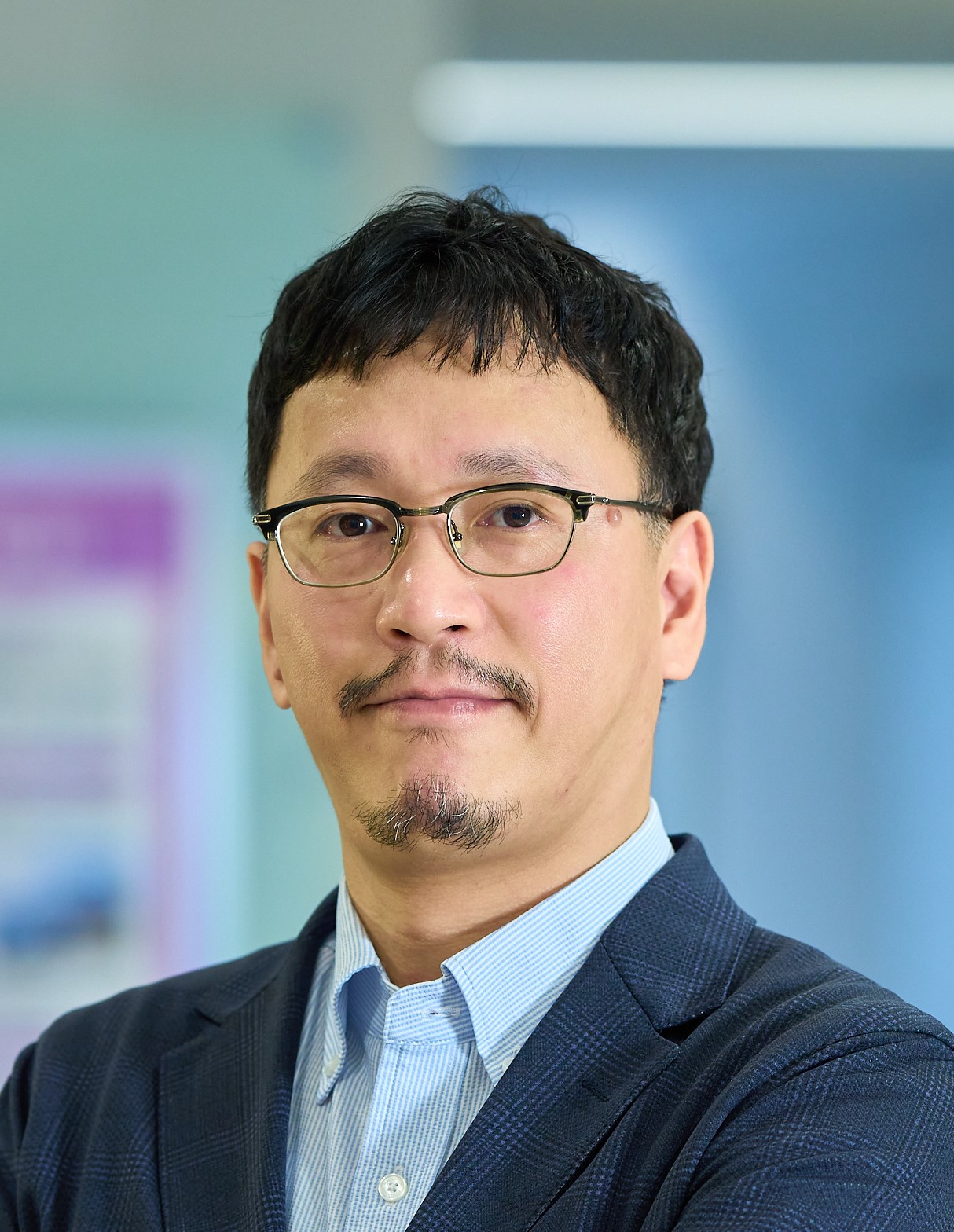 Prof.HIROSE
Prof.HIROSEWe will contribute to the improvement of convenience and QoL in our daily lives by realizing edge nodes with high functionality, high performance, and ultra-low power consumption.
Development of environmental energy utilization systems
There is a need to establish a method of supplying power through small, maintenance-free IoT devices. Our research aims to maximize the use of the limited energy available from environmental power generation devices by using energy harvesting techniques to efficiently generate the drive voltage for IoT devices.
- What is an Energy Harvesting ?
-
The conversion of environmental energy such as light, vibration, temperature difference, and electromagnetic waves into electrical energy.



Energy harvesting technology can realize battery-free and maintenance-free IoT devices.
Development of ultra-low power LSI design technology
In order to achieve low power consumption in LSIs, we are developing circuit design techniques that enable LSIs to operate at extremely low power consumption, which has been difficult to achieve with conventional design techniques.
We are also developing methods to reduce the power supply voltage of circuits.
- What is a LSI ?
-
Abbreviation for Large Scale Integration, which refers to a higher level of integrated circuits. It is an electronic circuit component that realizes complex functions by integrating transistors, diodes, passive elements, etc., and is made up of semiconductors such as silicon.



Now, let me introduce the LSI circuit design process.



Our goal is to realize unprecedented new circuit design techniques that enable systems to operate at extremely low power consumption on the order of nanowatts, which is less than microwatts.
Biological signal sensing with Small Wearable Devices
Wearable devices that measure biological signals for long periods of time are required to be smaller and lighter. As batteries become smaller, we are developing low-power circuits for the sensing unit.
- What is a sensing technology ?
-
This is a general term for technologies that measure and quantify a variety of information using sensing devices. A division method that can be measured and quantified is temperature, volume, brightness, and durability. They are used in many places.



Lighter and smaller wearable devices are expected to be used in health management technologies such as human pulse and body temperature.

